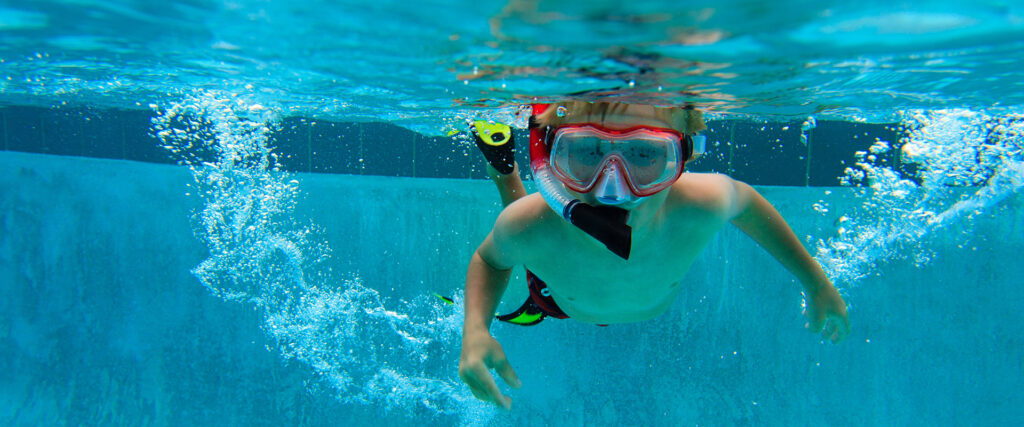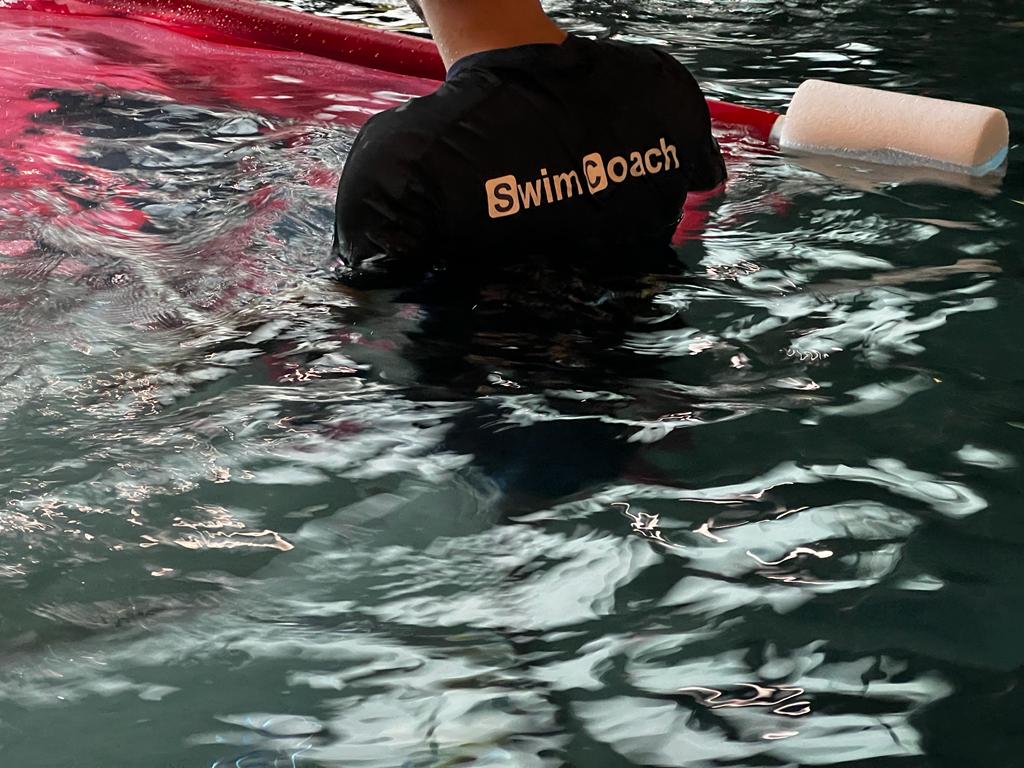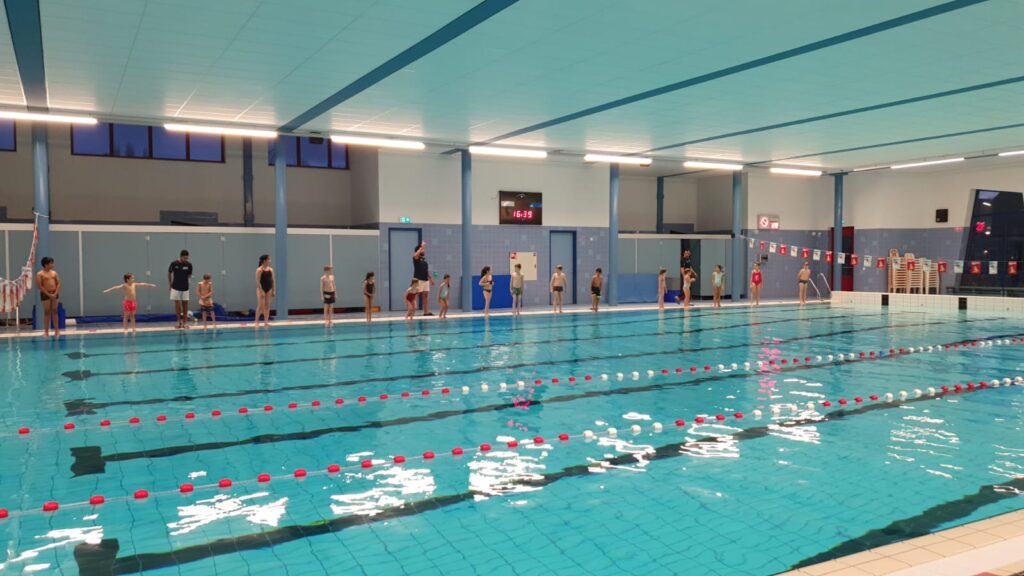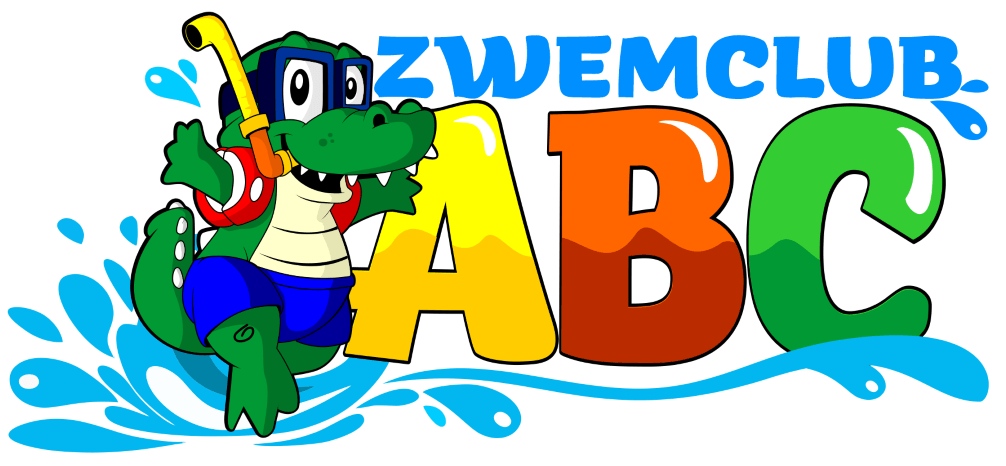
Swimming lessons for adults in Amsterdam
Swimming lessons for adults
Looking for Swimming lessons for adults in Amsterdam? At Swimming Club ABC in De Mirandabad (Amsterdam-Zuid) you will learn to swim (again) as an adult in a calm, respectful atmosphere. Our qualified instructors will help you step-by-step with water confidence, technique and fitness. You can join as an absolute beginner, re-entrant or advanced swimmer who wants to refine his chest crawl.
Adult swimming lessons Amsterdam: beginners, re-entrants and advanced swimmers
You are never too old to learn. That is why we offer adult swimming lessons to for those who cannot swim yet, those who want to pick it up again after years, or those who want to improve their technique. We work with realistic goals for each level, so you quickly feel more confident in the water.
Lesson types for adults: beginner, advanced or private
- Beginner's group - water habituation, floating on belly/back, entering and climbing out of water safely, relaxed breathing.
- Follow-up group - Improve breaststroke and backstroke, first metres of chest crawl, underwater orientation, basic fitness.
- Targeted trajectory - technique & endurance for longer distances or recreational triathlons (chest crawl efficiency).
- Private swimming lessons - 1-on-1 to 1-on-4 for extra attention or acceleration; combine easily with the group private swimming lessons.
Our method: build slowly with results
We start with water confidence and breath control. You will learn to blow out into the water, float stably and turn relaxed from belly to back. Then we build up technique for breaststroke and backstroke, followed by the basis of chest crawl. With short, repeatable exercises, you'll notice quick progress. The atmosphere is calm, there is time for questions and we take into account any tensions around water.
What will you learn by level (adults)
- Beginner
- Goals: Water habituation, floating belly/back, blowing out, safe in/out of water.
- Results: Move confidently in shallow and deeper water.
- Continued
- Goals: improving breast and backstroke, first breaststroke, underwater orientation.
- Results: swimming through at a steady pace with basic fitness.
- Technology+
- Goals: Breast crawl efficiency, breathing rhythm, take-off jump/drop-off.
- Results: Sustain longer with less effort per job.
Swimming lessons for adults in Amsterdam: lead time & goals
- 1× per week: noticeable progression within 6-8 weeks; independent swimming often within 3-4 months.
- 2× per week: Faster learning curve; technique and fitness build up faster.
- Need a boost? Temporarily combine the group with private lessons For a technique breakthrough or extra confidence.
Do you also want to eventually get an official diploma? You can do so through our pathway towards National Swimming Certificate A, B or C. We determine your entry level during the trial lesson.
Practical: location, times & rates
- Location: all classes are in De Mirandabad, Amsterdam-Zuid (bicycle-friendly, good public transport, parking facilities).
- Group size & lesson time: Small groups for personal attention; class time 45 minutes.
- Rates & scheduling: view the current times and rates on our location page.
Water anxiety or a big threshold? This is how we tackle it
Tension around water is common among adults. We work with small steps and success experiences: quiet getting used to and breathing first, then short drifting and turning exercises, and only later longer swims. Everything at your pace, without pressure. Do you prefer one-to-one? Start with a few private lessons and then step into the group.
Next step: trial lesson or direct registration
Why choose Zwemclub ABC?

Our swimming location in Amsterdam (De Mirandabad)

Frequently asked questions about swimming lessons for children in Amsterdam
From what age can my child start swimming lessons at Zwemclub ABC?
Children can start swimming lessons at Zwemclub ABC as early as 4 years old. So they learn to swim safely from an early age.
How big are the groups during swimming lessons?
Our groups consist of a maximum of 6 to 8 children per instructor. This ensures that each child gets enough personal attention.
Is it possible to take private swimming lessons in Amsterdam?
Yes, at Zwemclub ABC we offer private swimming lessons with individual attention, suitable for both children and adults.
On average, how long does it take to get a swimming certificate?
Achieving the A diploma takes 12 to 18 months on average. With turbo swimming lessons, it can be done within 2 weeks.
What is the advantage of turbo swimming lessons at Zwemclub ABC?
Turbo swimming lessons help you or your child get the diploma faster. Ideal if you're short on time or want to get swimming skills quickly.
Can I take a free trial lesson first?
Absolutely! You can always take a free trial lesson with us without any obligation. That way you can find out immediately whether Swimming Club ABC suits you.
Where do swimming lessons take place in Amsterdam?
All swimming lessons at Zwemclub ABC take place at the heated De Mirandabad swimming pool, centrally located in Amsterdam-Zuid (near Europaplein).

